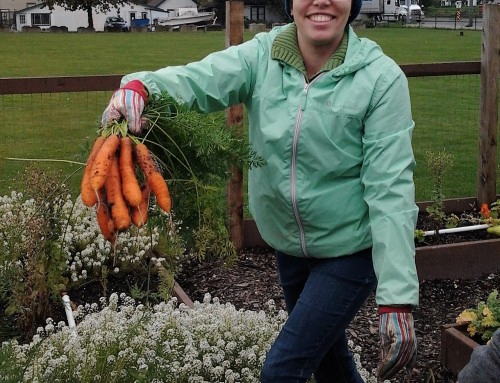A traditional Italian way to flavour sea salt and also preserve your summer rosemary and sage bounty. First glance at these Italian words ‘Salamoia Bolognese’ …I thought this was a recipe for making meat salami! You’ll find this to be much simpler than making salami and that you’ll have all 4 of these ingredients from the garden or in your kitchen!
RECIPE: Salomoia Bolognese Originally posted by Gayla Trail from ‘You Grow Girl’. Find the link here.
Ingredients
- 1/2 cup course sea salt
- 1 tablespoon finely chopped fresh sage leaves
- 2 tablespoons finely chopped fresh rosemary
- 1 clove finely chopped garlic
In a small bowl, combine the salt and herbs thoroughly. Spread out on a baking sheet for a day to dry slightly. Please note that the mixture can be a little wet when you pack it into jars.
Store in an airtight, glass canning jar in a dark, dry place for several months.
Quick Method
When making up a large batch you can opt for using a food processor to do the chopping for you. Rapidly pulse the herbs and garlic together several times until finely chopped.
Add the salt and pulse a few more times to combine the flavors.
Notes: Use fresh Herbs (that have still some moisture/oils in it). If washing herbs, dry thoroughly. You’ll be leaving the salt out to dry for a day so the salt will soak up the herb oils and the air will pick up any extra moisture.
The salt used in this recipe is the very course, grey sea salt that is wet in its package. Gayla has tested it and leaving it to dry for one day is sufficient. Salt is a traditional preservation method – decreasing the water content in foods, you’ll have little chance for mold to grow!
Now try with Lavender! Lavender Sea Salt & Uses. Or think about flavouring butter, oil or vinegar with herbs!
Dry your extra summer herbs: It’s also easy to cut sprigs off your oregano, thyme and sage plants to hang dry on your kitchen window or hung in a paper bag with several small holes to allow airflow. Try doing that in your Community Garden Shed.







